The last course of the field school is underway, Archaeology of the Turkana Basin. Prof. Elisabeth Hildebrand from Stony Brook University joins us as the lead instructor of this course. She has been doing research on the west side of Lake Turkana for years, with a focus on Late Pleistocene and Holocene Archaeology.
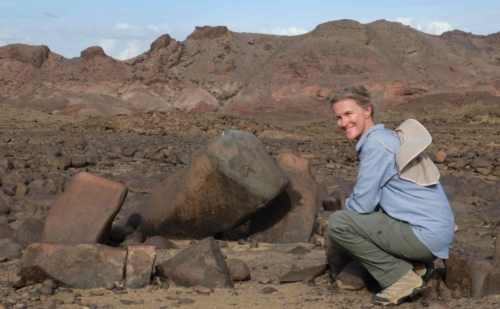
Prof. Hildebrand at one of the Holocene sites.
Students were first introduced to the cultural and heritage management strategies of Turkana County. Prof. Hildebrand took the students through a virtual tour of three important cultural and historical sites in the town of Lodwar: Kenyatta House, River House, and Tribal Courts. Of the three, Kenyatta House is the most famous one as it is important to Kenya’s history during the struggle against British imperialism. This historical building housed the first president of Kenya, Mzee Jomo Kenyatta, during the colonial period while under detention. These cultural and historical sites tell stories of freedom, unity, and the Kenyan spirit in fighting for democracy.
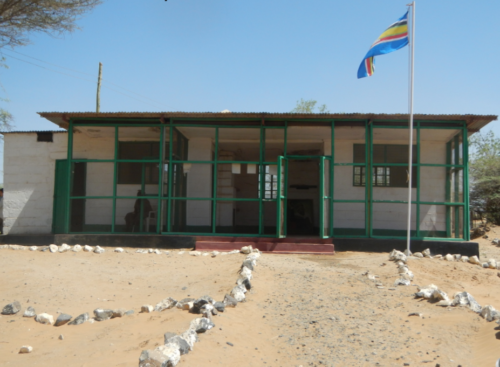
Kenyatta House
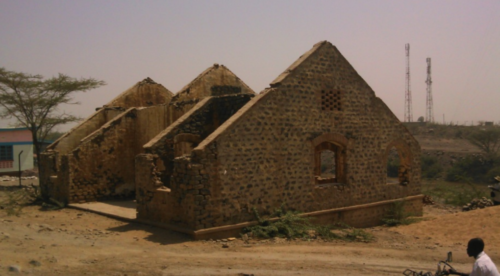
River House
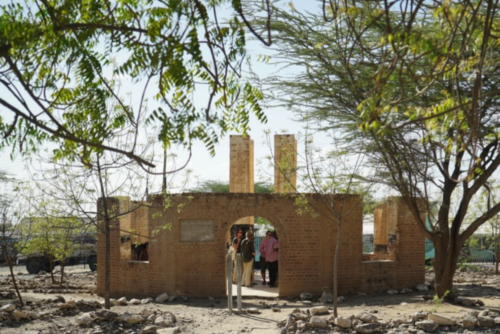
Tribal Courts
Archaeologists analyse the material remains of a culture to discover the evolution of mental capabilities reflected in the technologies of our ancestors. To understand this in detail, Prof. Hildebrand discussed the defining features of human cultures with students. Students examined how social learning and stone tool use are not exclusively human abilities, but are also practiced by non-human primates in ways that differs slightly from ours. Chimpanzees in the wild have been known to use tools to crack hard nuts in the forests of West Africa. Being our closest extant relatives, they are useful analogs to understand the technological abilities of our ancestors.

Shared cultural norms between parents and toddlers among humans and non-human primates.
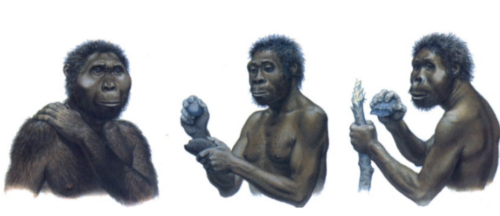
Artist’s rendering of hominins using tools.

Chimps using stone tools.
Since stone tools are the only archaeological materials that tend to survive over longer periods of time, they are the primary material remains studied in human prehistory. In the past, archaeologists used to make illustrations of these artefacts in the field and labs to understand how they were manufactured and used. Students studied high resolution images and scans of stone tools as in their virtual lectures, in addition to the drawings. After a detailed lecture on stone tool manufacturing and use, Prof. Hildebrand gave the students some supplementary videos that would guide them in their knapping activities. Normally, while at TBI-Turkwel, students would learn to make stone tools under the instruction of their professor, working with phonolite pebbles collected from river beds during field trips.
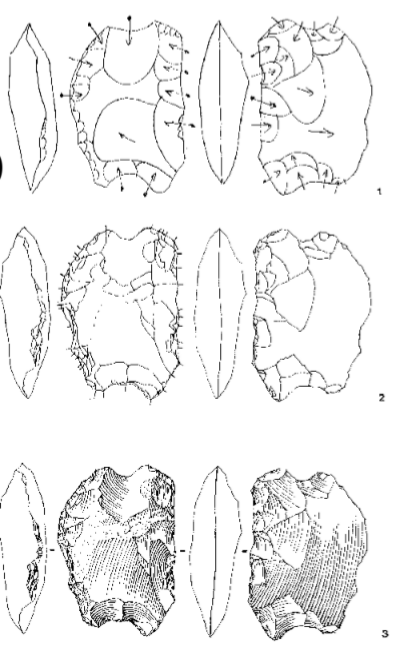
Stone tool illustrations.
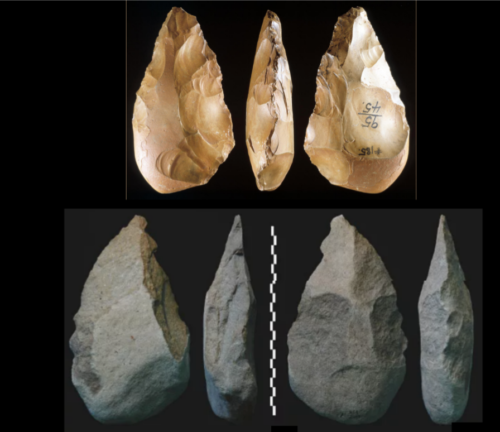
High resolution images of stone tools.
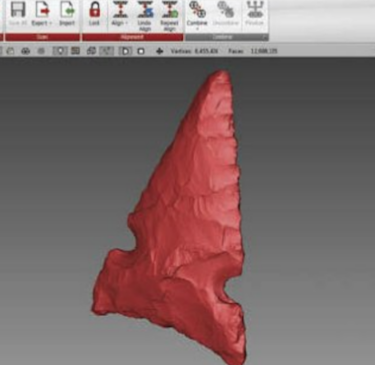
A 3D scan of an artefact.
According to Prof. Hildebrand, identifying sites for excavation is key to any archaeologist interested in collecting artefacts. Normally, while at the field school, students would take a trip to prospect for a site in one of the Late Pleistocene/Holocene areas. They do this by identifying artifacts they find on the ground, flagging them, and trying to establish the deposition forces and the distribution of these materials. The density of materials determines where to excavate, with the hope of finding some artifacts in-situ. With the current situation, students had to learn about the archaeological survey virtually, by going through the surveys carried out by Prof. Hildebrand together with TBI field assistants in past years.
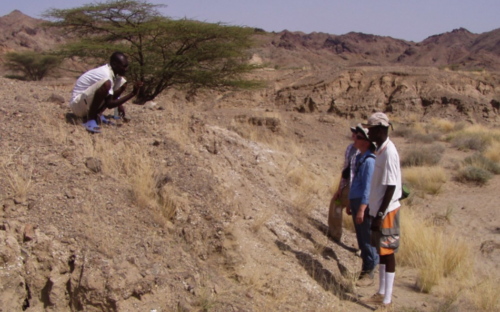
Prof. Hildebrand and the TBI field assistants prospecting out in the field.
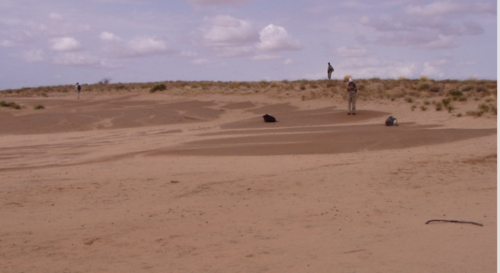
A typical day out in the field surveying.
Special thanks to Prof. Sonia Harmand, for her immense contribution to the syllabus that made this virtual class a success.
Photographs used in this blog are a courtesy of Prof. Lisa Hildebrand.





